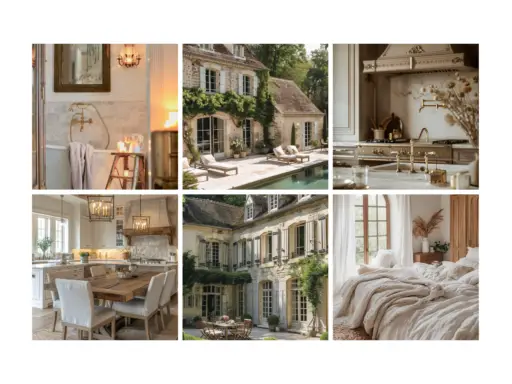Transforming your home for Valentine’s Day enhances the spirit of the holiday and creates a warm, inviting atmosphere. Incorporating heart-themed decor, soft lighting, and romantic accents can effortlessly set the mood. Whether you’re preparing for a cozy night in or hosting a celebration with loved ones, thoughtful decor choices make a significant difference.
From fresh flowers and candle arrangements to playful garlands, each element contributes to a heartfelt ambiance. Focus on details that resonate with you and your loved ones to create a personal touch. With easy-to-implement ideas, it’s possible to make your space feel special without overwhelming effort.
As you explore various decoration styles, don’t forget to consider both interior and exterior spaces. A charming display can enhance your home’s curb appeal and create a festive tone before guests even step inside. Simple changes can yield beautiful results that elevate your Valentine’s experience.
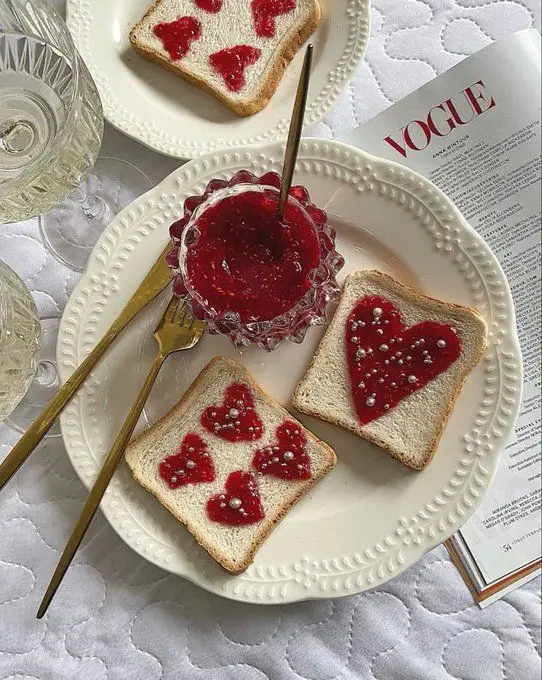


Key Takeaways
- Heart-themed decor creates a romantic atmosphere.
- Personal touches enhance the holiday spirit.
- Curb appeal is important for festive displays.
Essential Decor Elements for Valentine’s Day
Creating a warm and inviting atmosphere for Valentine’s Day involves incorporating thoughtful decor elements. Focus on wall art, floral arrangements, and DIY projects to personalize your space and convey the spirit of love.
Wall Art and Decor
Wall art sets the tone for your Valentine’s Day decor. Consider creating heart-themed wall decor that captures attention. Your options include:
- Heart Wreaths: A beautiful heart wreath can enhance your front door’s appeal or serve as a focal point in your living room.
- Heart Art: Framed prints or canvas paintings featuring hearts can add charm to your walls. Look for various styles, from modern to vintage.
Temporary decor, like removable wall stickers, allows you to express creativity without commitment. Additionally, fabric banners or garlands in shades of red and pink lend a festive touch. Personalizing your wall art with photos or messages can deepen the emotional connection.

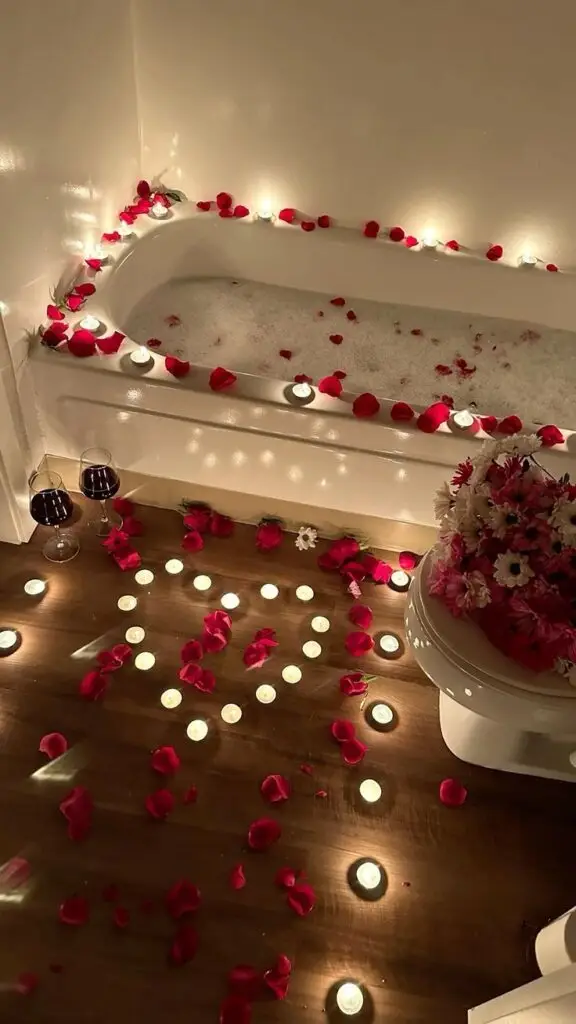

Floral Touches and Arrangements
Fresh flowers are an integral part of Valentine’s Day decor. They bring color and fragrance into your living space. Consider using:
- Flower Arrangements: Create stunning bouquets with traditional flowers like roses paired with seasonal blooms. Mixing blooms adds texture and interest.
- Mason Jars: Repurpose mason jars as vases for a charming, rustic look. Fill them with flowers or use them as candle holders for a cozy ambiance.
Be sure to vary heights and sizes in your arrangements to create visual appeal. Adding greenery, such as eucalyptus or ferns, can enhance the natural aesthetic.
DIY Decor Projects
Handmade decor adds a personal touch to your Valentine’s celebration. DIY projects can be fun and budget-friendly. Try these ideas:
- Felt Hearts: Create felt heart garlands or decorations to hang around your home. Cut out simple heart shapes and string them together for an eye-catching display.
- Heart Wall Hanging: Craft a heart wall hanging using a wooden frame and craft materials. This unique piece can serve as a conversation starter.
Valentine’s Day crafts not only beautify your home but also provide an opportunity to spend time with family or friends. Engaging in these projects ensures your decor is memorable andheartfelt.



Decor for a Romantic Atmosphere
Creating a romantic atmosphere for Valentine’s Day involves thoughtful details that set the mood for the evening. Focus on your table setting and bar cart to enhance the experience, along with cozy accents that invite relaxation.
Table Setting and Bar Cart Styling
Start with a beautifully arranged table setting to impress your loved one. Use a themed tablecloth in rich reds or soft pinks. Add elegant dinnerware, preferably with gold or silver accents.
Centerpieces can include a small vase with fresh flowers, like roses or tulips, alongside candlelight. Place flickering candles of varying heights to cast a warm glow.
For your bar cart, curate a selection of fine wines or champagne. Include unique glassware and garnishes, like fresh fruit or aromatic herbs. Stylish cocktail shakers and mixers can elevate your drink presentation. Don’t forget a small sign or card that says “Be Mine” to tie into the theme.
Cozy Accents for a Night In
To enhance the intimacy of a cozy night in, incorporate soft textiles and inviting decor. Start with a heart pillow on your sofa or bed for a touch of charm.
Layer your space with warm throws and plush cushions to promote comfort. Use dim lighting, such as string lights or lanterns, to create a cozy ambiance.
Scented candles with notes of vanilla or rose can add to the romantic vibe. Consider filling your space with soft music to enhance the relaxation. A well-styled reading nook can also provide a perfect spot for sharing sweet moments together.
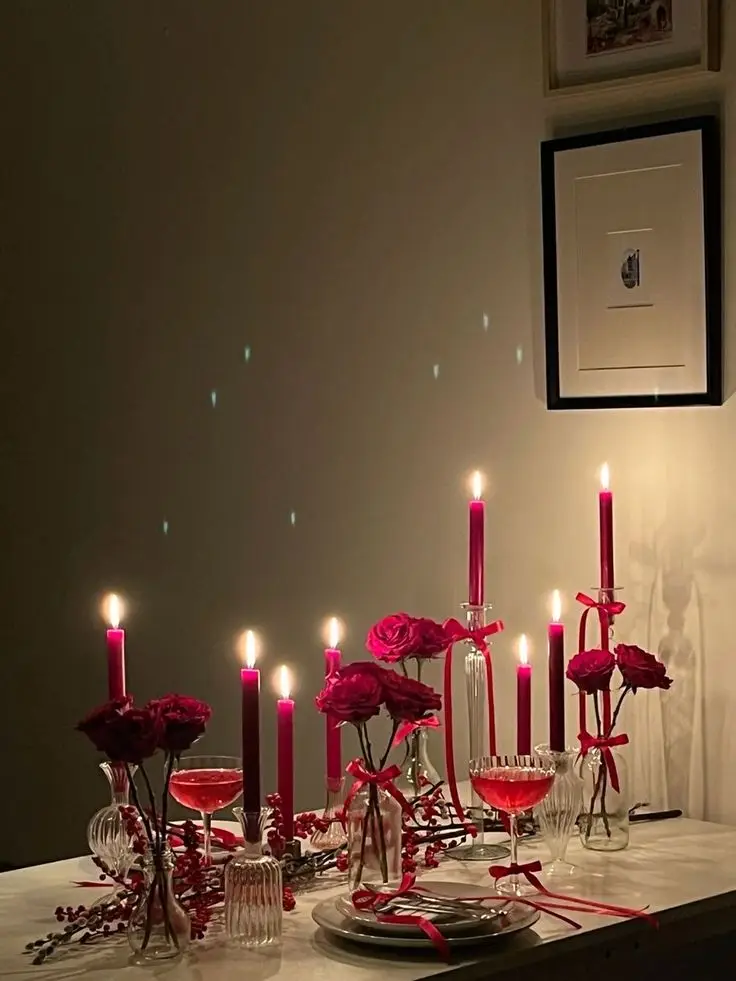


Exterior and Window Valentine’s Displays
Creating a charming exterior and window display for Valentine’s Day can enhance your home’s curb appeal. You can make a memorable impression with thoughtful decorations that resonate with the themes of love and affection.
Front Door and Outdoor Greetings
Your front door is the focal point for any holiday display. A Valentine’s Day wreath can set the perfect mood. Consider using a base of burlap or grapevine and decorating it with artificial flowers, ribbons, and heart-shaped embellishments.
Add welcome signs featuring romantic phrases to greet your guests.
For a festive touch, use heart-shaped garlands to frame your door or hang them from nearby trees. Supplement these adornments with string lights to create a warm, inviting atmosphere in the evening. These small details will create a delightful entrance that reflects the spirit of Valentine’s Day.
Window displays are equally vital for showcasing your Valentine’s decor. Use window stickers or static cling art featuring hearts or Cupid to add charm.
Hang sheer curtains adorned with hearts for a whimsical look.
Place potted plants or decorative boxes with heart motifs on your windowsills. You can also layer candles in shades of red or pink to create warmth. Together, these elements will transform your exterior and encourage festive cheer.


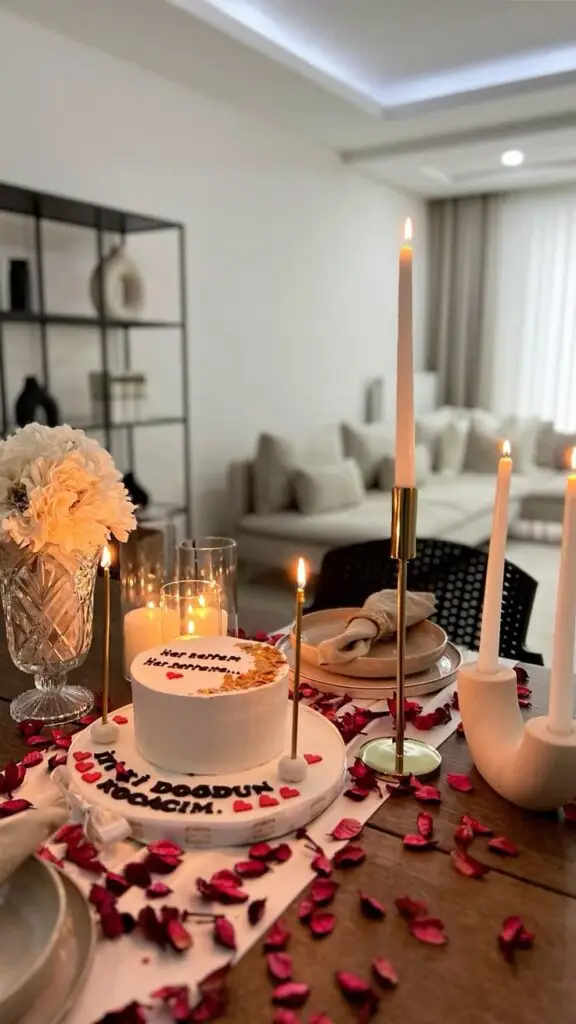
Frequently Asked Questions
You may have questions about how to create a charming and romantic atmosphere for Valentine’s Day. Here are some specific ideas and tips to help you enhance your home decor for this special occasion.
What are some creative Valentine’s Day decorating ideas for indoors?
Consider using fresh flowers, soft lighting, and themed decorations like heart-shaped items. You can create romantic vignettes using candles, plush pillows, and red or pink accents throughout your living space. Incorporate handmade crafts for a personal touch.
How can I create a romantic Valentine’s Day atmosphere at home on a budget?
Utilize items you already own by rearranging furniture and decor. Focus on DIY projects, such as creating paper hearts or garlands. Consider using inexpensive candles and fairy lights to enhance the mood without overspending.
What are some unique Valentine’s Day centerpiece ideas for a dinner table?
Opt for a floral arrangement featuring seasonal blooms or even a heart-shaped fruit display. Incorporate candles in stunning holders or use a vintage bowl filled with conversation hearts. Creative place cards can also add a personal element to your table setting.
Which outdoor decorations are most suitable for Valentine’s Day?
String lights and heart-themed banners can make your outdoor space inviting. Consider using potted plants with red blooms or hanging decorations that reflect the holiday. Wind wreaths and overlay with fabric to enhance your entrance.
When is the appropriate time to start decorating for Valentine’s Day?
Begin decorating in early February to give yourself enough time to enjoy the ambiance. Aim for a week or two before February 14 to ensure your home feels festive and inviting for the occasion.
What are the trending Valentine’s Day color schemes for home decor this year?
This year, trending color schemes include soft pastels, vibrant reds, and metallic accents. Consider combinations like blush pink with gold or deep reds paired with black for a sophisticated look. Embrace these colors in your textiles, tableware, and decorative accents.





